Dogs in Ancient World
19.04.2019.
Dogs and humans have a relationship that goes way back. Dogs have been a part of human beings' history for thousands of years. The earliest evidence of domestication dates from 12000 years BCE and was found in the Middle East and it shows an old man that was buried with a puppy. Much as today, in the history of mankind, dogs were seen as faithful companions, friends, hunters, guardians, and part of the family.
Dogs in Mesopotamia
One of the first times dogs were mentioned in history was when they appeared in a role as the companions of the goddess Innana (Ishtar). She allegedly traveled with seven prized hunting dogs in collar and leash. In the famous Descent of in which the goddess goes down into the underworld, her husband, Dumuzi, keeps domesticated dogs as part of his royal retinue.
In Mesopotamian art, dogs are described as hunters but also as companions. They were a part of the family that they protected.
FUN FACT: Back then, dog saliva was considered medicinal because it was noted that, when dogs licked their wounds, it promoted healing.
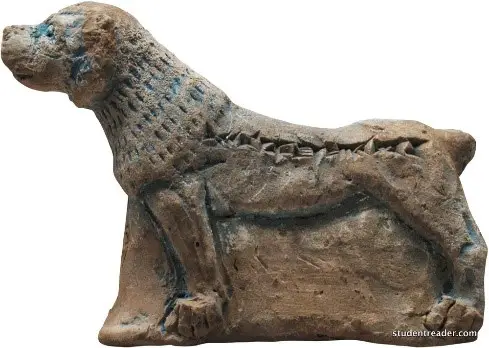
Dogs in India
In ancient India, dogs were very much appreciated. The Indian Pariah Dog (which still exists), is believed to be the first truly domesticated dog in history. Archaeological evidence dates the Indian Pariah Dog to 15000 BC, with the breed being developed through natural selection rather than through selective breeding.
The Mahabharata (is one of the greatest epics of ancient India) features a dog that may have been the Pariah Dog. In the epic, King Yudhishthira was making a pilgrimage to his final resting place and was accompanied by his family and his faithful dog. One by one his family members die along the path but his dog remains by his side. When king Yudhishthira reaches the gates of heaven, the guardian tells him that the dog is not allowed inside. Yudhishthira was deeply shocked that such a loyal and noble creature as his dog wasn't allowed into heaven and he chose to remain with his dog on earth, or even go to hell than enter into a place that would exclude the dog. Then the guardian told Yudhishthira that it was only the last test of his morality and that of course, the dog is also welcome to enter heaven.
FUN FACT: In some versions of this tale the dog is then revealed to be the god Vishnu, the preserver, who has been watching over Yudisthira all his life, thus linking the figure of the dog directly to the concept of god.
Dogs in Egypt
In ancient Egypt, the figure of the dog was directly linked with gods. In ancient Egypt, the dog was linked to the dog-jackal god, Anubis, who was associated with mummification and the afterlife in ancient Egyptian religion. He guided the soul of the deceased to the Hall of Truth and there the soul would be judged by the great god Osiris. Domesticated dogs were buried with great ceremony in the temple of Anubis and the idea of the ceremony was to help dogs pass easily to the afterlife. Egypt is the place that is believed to be the first that invented dog collars and we even know many ancient Egyptian dog’s names from leather collars found there. Many of the names represented dogs' capabilities and virtues.
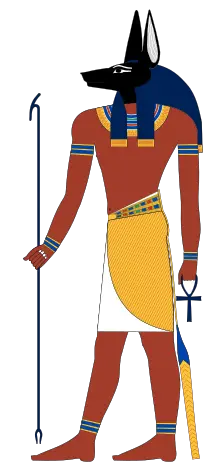
Dogs in Ancient Greece
In Ancient Greece, the dog was an important part of society. They were reliable protectors, companions, and hunters. Greeks even invented spiked collars in order to protect the necks of their dogs from wolf bites. Probably the most famous dog story from ancient Greece is Argos, the loyal friend of King Odysseus of Ithaka from Book 17 of Homer’s Odyssey (c. 800 BCE).
In the book, Odysseus comes back home after being away for twenty years and is not recognized by the enemies who were trying to win his wife Penelope's hand in marriage. However, he was recognized by his faithful dog Argos that started to wag his tail in greeting. Odysseus couldn't risk being recognized by the enemies so he ignored his dog Argos. After that, Argos laid back and died. This story tells us that even in ancient times, dogs were depicted as loyal, devoted friends to whom his master is everything.
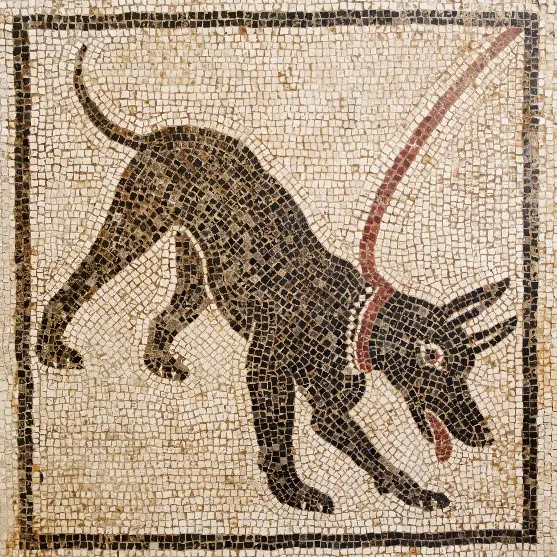
Dogs in Rome
Dogs were appreciated in Rome as guardians of the home, protectors from wild animals and thieves. The dog is featured in mosaics, paintings, poetry, and prose. There is a lot of black and white threshold mosaic panels from houses in Pompeii depicting dogs. The most famous example is the Cave Canem (meaning: beware of the dog) pavement from the House of the Tragic Poet.
World Dog Finder team

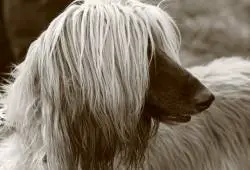

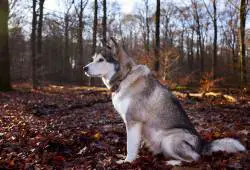




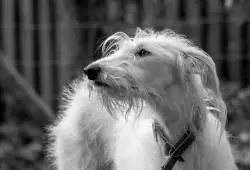




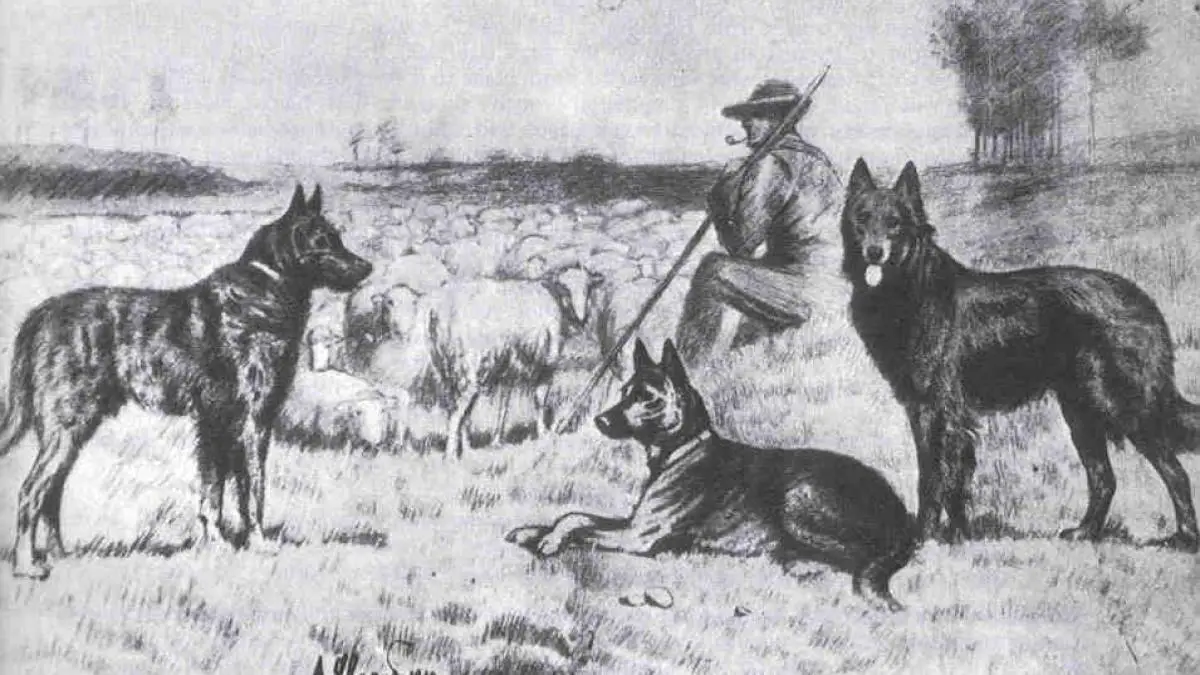

















Share